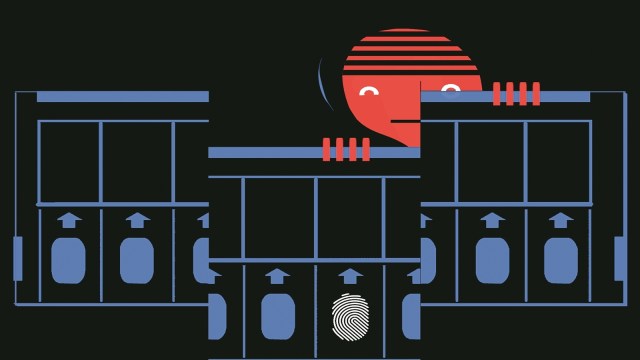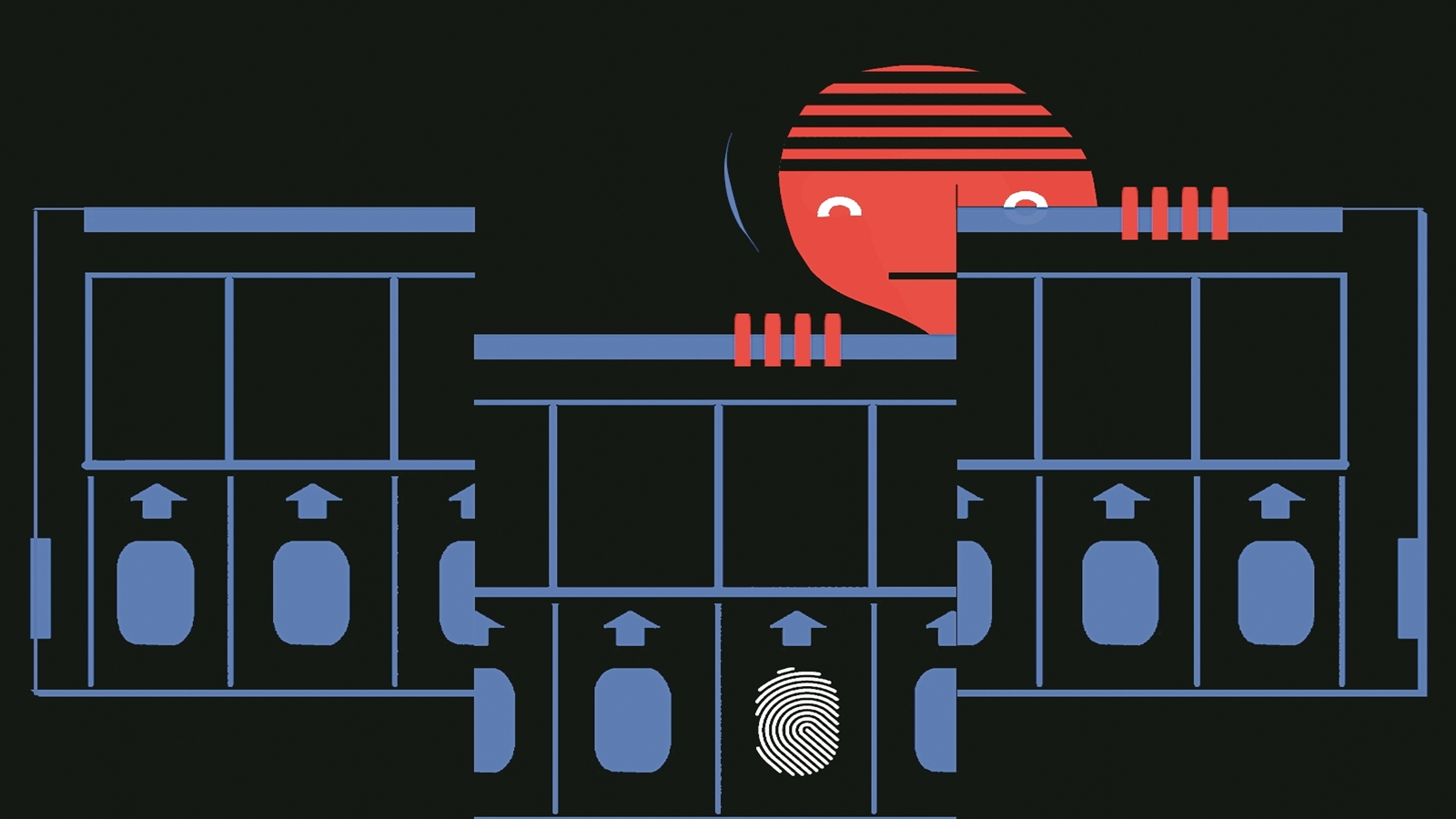
The debate surrounding the Electronic Voting Machine (EVM) is easily among the most weird passions of our public life. Just as every Indian must prescribe you medicine for every known and unknown disease, every Indian who can barely type an SMS must have an opinion on EVM software. After suffering hundreds of hours of confidential, hush-hush, gyan on this subject, I have realised that a combination of love for democracy, sense of helplessness and longing for science fiction is injurious to a country’s political health. Over the last 15 years, the cast of characters has changed but the script has remained the same, even after the introduction of VVPAT machines. So far, this debate has only served to sow seeds of deep suspicion about the entire exercise of elections while distracting from some real electoral malpractices that remain under the radar. It is time to develop a national consensus on some small steps to put this debate to rest and move on to the more substantive issues of democratic reforms.
The EVM debate is the final point in the descent of our democratic imagination. In the 1960s and ’70s, we had debates on transforming the way democracy works by rethinking the party system, ensuring de-centring of political power or shifting to proportional representation. By the 1990s, the debate had narrowed to electoral reforms, on conducting free and fair elections through an independent Election Commission that enforces the Model Code of Conduct. Of late, the debate has been circumscribed further to electoral integrity, on how to prevent electoral fraud during polling and counting process. The EVM is a small subset of this already pared-down agenda.
In this context, the Lok Sabha elections provided an unusual opening. The surprising outcome put to rest the suspicion that a massive electoral fraud, an invisible rigging of EVM, has taken place. Clearly, the powers-that-be would not have designed an election outcome where they lost majority and faced humiliation in states like Uttar Pradesh and Maharashtra where they were in power. Going by this elementary reasoning as well as the “smell test” on the ground, the EVM has met the minimum threshold of fairness. This is not to say that the overall electoral contest was free and fair or there was anything like a level playing ground. It just indicates the unlikelihood of any large-scale fraud in the mechanism through which voters’ choice was recorded. The final election outcome appears to reflect the way people voted.
This should have changed the nature of the debate around electoral integrity in general and EVMs in particular. Sadly, that has not happened yet. Just as the present regime refuses to admit that the electoral verdict is a lesson in humility, the Opposition is also unwilling to acknowledge that the poll outcome is a tribute to the robustness of EVMs. It is easy to blame the Opposition for being stodgy or the democracy watchdogs for being nay-sayers. The real problem in this case lies with the Election Commission whose conduct lends credibility to every wild conspiracy theory about the stealing of elections.
One of these theories has to do with the EC’s inordinate delay in declaring final turnout figures for each phase. Many leader, activists and observers (including the present author) had raised questions after the first phase. The EC is yet to offer a serious let alone a satisfactory response. This has led many conscientious activists to assume that this was a case of massive fraud, of nearly 6 per cent of total votes being inserted after the polling was over. On this basis, a report entitled ‘Conduct of Lok Sabha Elections 2024’, released by Vote For Democracy, arrived at a sensational conclusion that there was an artificial “spike” of as many as 4.65 crore votes after the polling was over and that this helped the NDA win additional 79 Lok Sabha seats. This is at best an assumption that cannot be taken seriously till there is some independent corroboration. But if this allegation has gained wide currency, and may damage the legitimacy of the electoral process, the fault lies with the refusal of the EC to come clean.
Then there is the odd case of mismatch between votes polled and votes counted. The Association of Democratic Reforms (ADR) raised this red flag in 2019, following an investigative report by Poonam Aggrawal. As per the ADR’s report, ‘Discrepancies between the votes cast and the votes counted in the 2024 Lok Sabha election: Multiple Perspectives’, the mismatch is even bigger. The number of votes officially polled in the EVMs and the number of votes counted in the EVMs do not match in as many as 537 out of 543 constituencies! We are not looking at minor tallying errors. The average discrepancy is more than a thousand votes in every seat. Thankfully, the ADR has not rushed to any radical conclusions on this basis, but the EC has not offered any convincing explanation so far.
All this focus on the limited question of polling and counting mechanism has drawn our attention away from some of the bigger and deeper questions of electoral and democratic reforms. A third report, “Electoral Integrity in India, An Agenda for Change: Learnings from the 2024 General Election”, by an Independent Panel for Monitoring of Indian Elections, which included some international observers as well, has collated all the irregularities that were observed in the run up to and during the election process in the Lok Sabha elections. The report highlights various issues related to the structures, processes and actors that resulted in the massive and unfair advantage to the ruling party over the opposition. Unequal access to state power, money and media are the biggest challenge to the idea of level playing ground in elections. These are the kind of questions we need to ask and debate.
In order to do so, we must begin by developing a national consensus on the EVM dispute. First, we must not think of going back to ballot papers, as it invites more problems than it solves. Second, we must find a way for voters to verify and authenticate that the machine has correctly recorded their choice. Foolproof solutions can be designed for that without handing over the slip to the voters. And finally, the paper slips in the VVPAT (and not the EVM display) must count as the official record of the elections.
Besides these changes in the EVM, the Election Commission must accept the ADR’s eminently sensible suggestions to carry out an actual and accurate reconciliation of data before the declaration of the final result of any election. The Commission must make public the final number of eligible and actual voters for each booth and constituency (including copies of statutory forms such as 17C, Form 20, Form 21C, Form 21D and Form 21 E) within a stipulated time frame. That should take care of many apprehensions and allow us to focus on real issues. A self-proclaimed “mother of democracy” and a global hub of IT deserves to debate the design of democracy and not that of a voting machine.
The writer is member, Swaraj India and National Convenor of Bharat Jodo Abhiyaan



